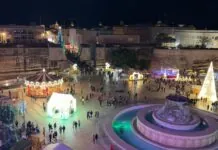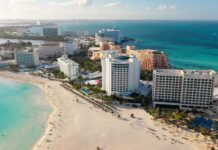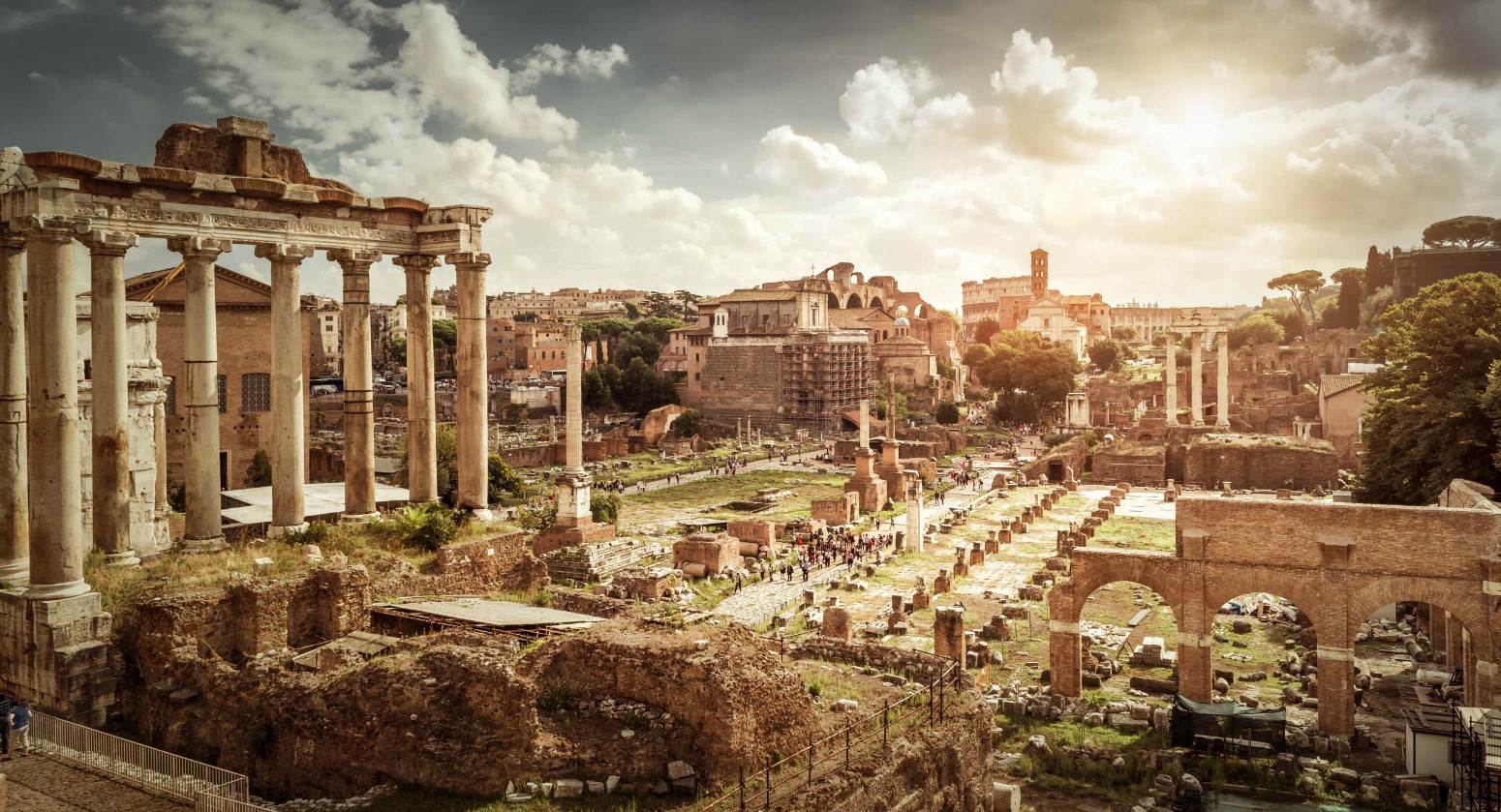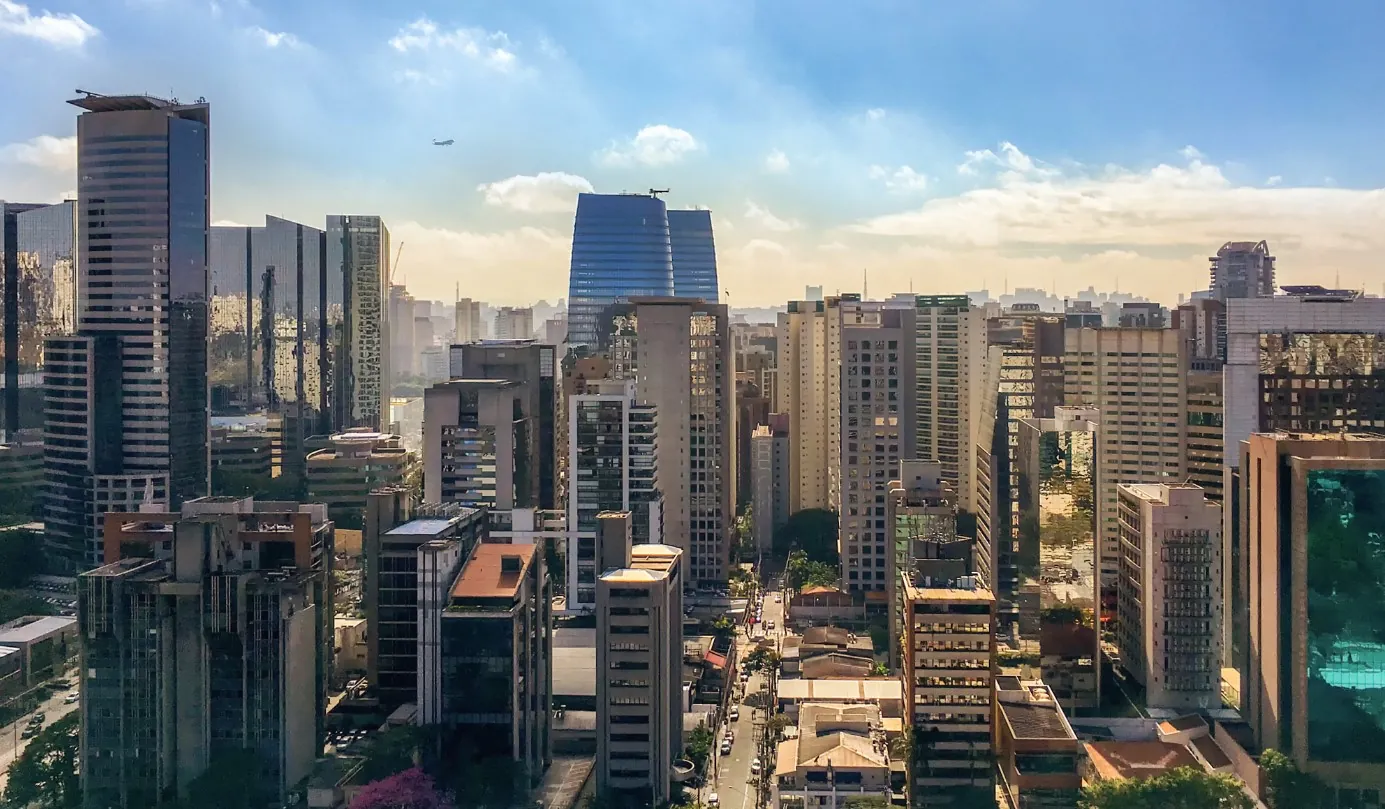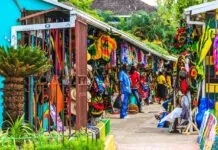
Palm-lined beaches, all-inclusive resorts, and turquoise waves still pull millions to the Dominican Republic each year. But 2025 has brought a new set of questions.
Tourists want to know more than what the brochures promise. They want the facts-crime rates, health risks, disaster alerts, and what those glossy images never mention.
This guide breaks through the noise. It maps out the safest spots, the red flags, and what statistics actually show about traveling there right now.
Key Insights
- The Dominican Republic feels safe inside major resorts, where guards and tourist police stay visible. Most visitors never deal with trouble when they stick to those areas.
- The moment you step outside resort gates, everything changes. Risk climbs fast on dark roads, crowded side streets, or anywhere without backup.
- Avoiding trouble comes down to real choices—ask staff before going out, leave flashy gear behind, and never trust random strangers offering help.
What the Travel Advisories Say-and What They Leave Out
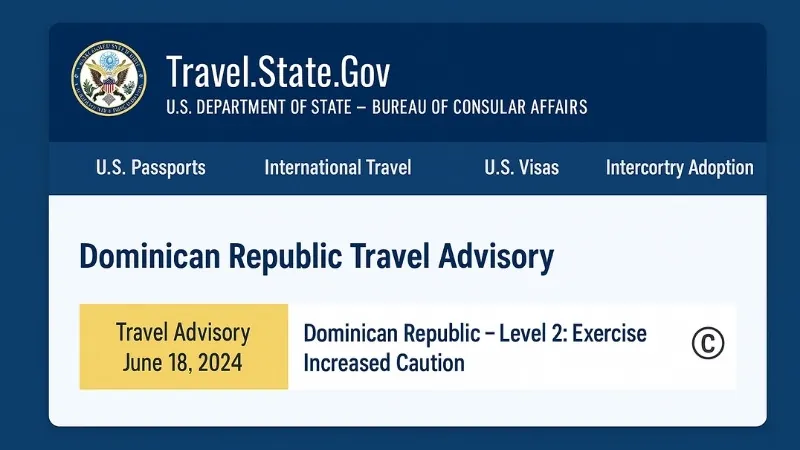
The Dominican Republic holds a Level 2: Exercise Increased Caution warning in 2025. The United States focuses on armed robbery, homicide, and sexual assault.
It also points to drug trafficking and a weak legal system as reasons for persistent crime. CESTUR and 911 receive credit for better control in resort zones, but no part of the advisory calls the country safe.
The United Kingdom stops short of issuing restrictions, but its language shifts tone. It warns that tourists have been robbed even in upscale neighborhoods during the day, and that sexual assaults have occurred inside resorts. Advice includes avoiding isolated areas and being cautious even on hotel grounds.
Canada uses stronger wording. The advisory calls attention to violent crime affecting both residents and visitors. It mentions that hotel staff have been involved in reported assaults, that police response is often delayed, and that the entire border region near Haiti remains unstable.
The border closure that began in late 2023 still holds, with ongoing tension in provinces like Elías Piña and Dajabón.
What the Labels Miss
A Level 2 warning may sound moderate. In practice, it covers a wide spectrum-from low-level theft in busy plazas to armed robbery on empty roads.
The label does not separate areas where security forces are present from zones where response rarely comes in time. Tourists reading those pages get the headline but not the ground conditions.
Key Points Tourists Will Not See on Advisory Pages
- Provinces near the Haitian border face ongoing clashes and armed incidents
- Assaults inside hotels and resorts have been documented in multiple cases
- Cities like Santo Domingo and Santiago contain high-crime blocks near tourist sites
- Many areas rely on private security because public police response is limited
Crime Rates and What Actually Happens
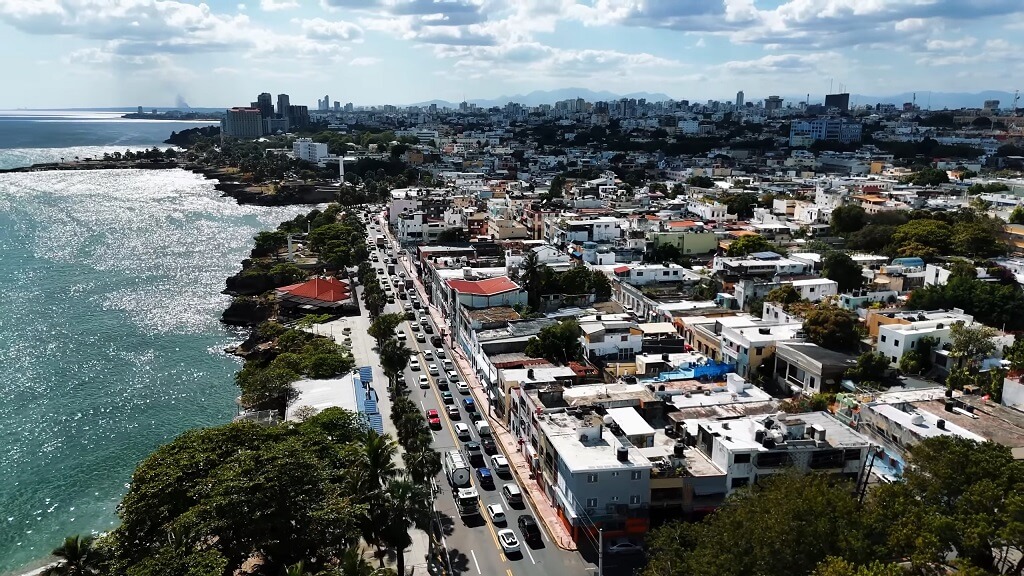
Millions visit the Dominican Republic each year without incident. That is still true in 2025. But every tourist should know that safety depends on location, timing, and how visible your valuables are.
Crime exists, and some of it does affect foreigners. Most cases involve theft. Some involve harassment, scams, or, in fewer cases, assault.
Most incidents happen outside resort zones or in spots with little police presence. If you stay aware, plan carefully, and avoid known risk areas, you reduce your chances of any trouble significantly.
What Crime Looks Like in 2025
The national homicide rate dropped to around 10 per 100,000 in 2024 (According to Statista). That puts the country in a middle position regionally. Not as severe as Jamaica or Trinidad, but also not as low as Cuba.
But that number mainly reflects local crime. Tourist areas report far lower rates of violent incidents.
The Dominican Republic is much safer than Brazil.
Theft is the most common issue for visitors. It happens fast-usually by distraction or quick grab. Hotels, beaches, airports, and urban streets are the top locations.
Major resorts have on-site security and a visible police presence through CESTUR, the tourist police. That presence drops off the moment you leave the tourist corridor.
Common Targets and Methods
- Pickpocketing: Happens in crowded areas like markets, bus stops, and festival events
- Snatch-and-run theft: Often involves a motorcycle grabbing bags, phones, or chains
- Hotel theft: Unattended belongings left in rooms or lobbies can disappear
- ATM fraud: Some machines outside banks have skimmers or hidden cameras
- Scams: Fake tour guides, overcharging taxis, or card machines set to overbill
Sexual assaults have occurred in some resort areas, including rare cases involving hotel staff. These are not the norm, but they have been documented in official reports from the US and Canada.
Women traveling alone should use the same caution they would in any unfamiliar environment: watch drinks, stay with known contacts, and trust instincts.
What Most Tourists Actually Experience
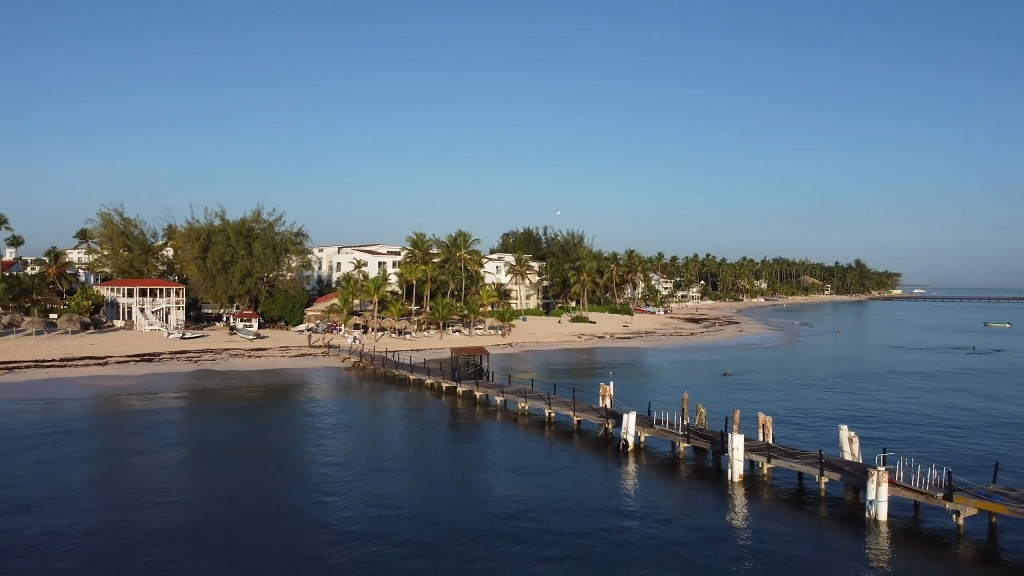
Most visitors report no problems at all. They go to Punta Cana, La Romana, or Puerto Plata, enjoy the resort, take guided tours, and leave with zero issues. Tourists who stay within secure zones and avoid flashing valuables are rarely targeted.
Crime increases when people walk alone at night, leave items unattended, or travel without local advice.
Hospitals, Outbreaks, and the Basics Tourists Need to Know
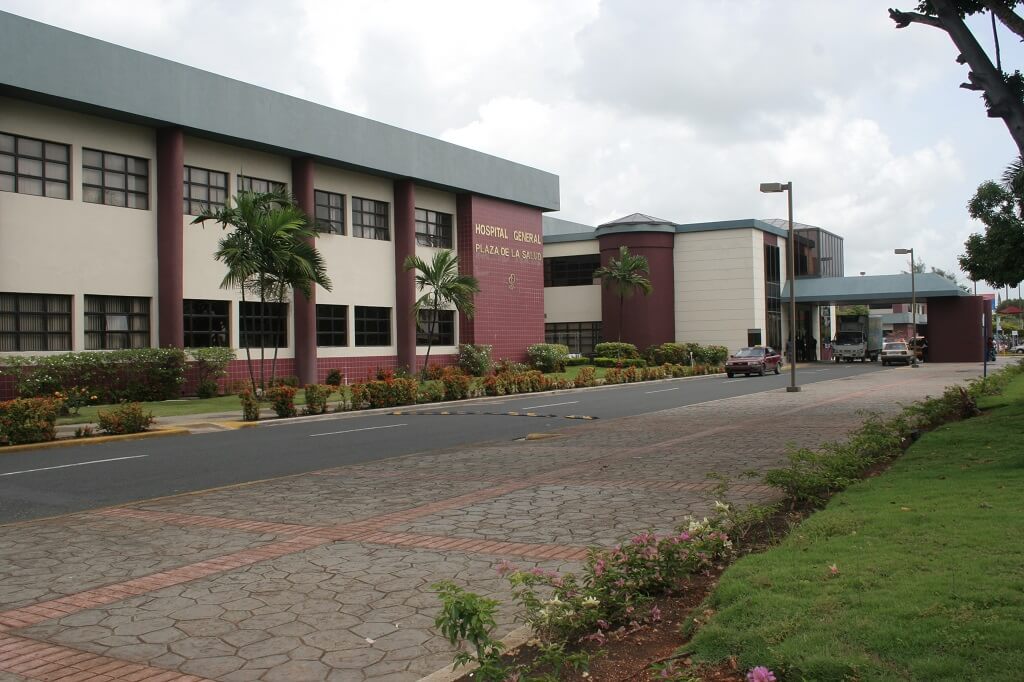
What tourists must know in 2025:
- Private clinics are reliable in Santo Domingo, Santiago, Punta Cana
- Public hospitals lack supplies and are not suitable for emergencies
- Dengue is spreading-mosquito bites are a real health risk
- Malaria exists in rural western provinces (Azua, San Juan)
- Tap water is unsafe-bottled only, always
- Travel insurance is not optional-bring it or pay up front
Where Medical Help Actually Works
Private hospitals in resort areas give solid care-fast treatment, clean rooms, staff who speak English. They charge in full, upfront.
Public clinics outside cities struggle with basics like electricity, clean beds, or staff on duty. Ambulances may not show unless you are near a tourist zone.
What Can Ruin a Trip Fast
Dengue cases have surged again in 2025. One bite, and you are down for days. Malaria shows up in western provinces, mostly near the Haiti border. Avoid those regions unless fully prepared.
Tap water is off-limits across the island. Brushing your teeth with it can still get you sick.
What You Must Do Before You Land
- Pack repellent and use it morning and night
- Bring all your prescriptions-pharmacies may not stock them
- Get vaccinated for Hep A, typhoid, and tetanus
- Carry your insurance info and ID everywhere
- Know the name of the nearest private clinic to your resort
Hurricane Season, Flash Floods, and How the Island Copes
| Hurricane Season | June to November-expect increased weather disruption |
| Flash Floods | Can strike without warning after heavy rain, not tied to hurricanes |
| Resort Readiness | Most resorts have storm plans, backup generators, and stocked supplies |
| Road Closures | Bridges and highways often shut fast in bad weather |
| Haiti Border | Still sealed in 2025-avoid all nearby provinces |
| Weather Alerts | Conditions can change within an hour-monitor alerts closely |
What You Should Do Before and During a Weather Threat
- Avoid travel between June and early November for better odds
- Use official apps or embassy notices for real-time alerts
- Never drive into standing water-even shallow floods sweep cars
- Ask your resort to explain their storm procedure on arrival
- Keep your passport, cash, and essentials packed and easy to grab
The Dominican Republic handles storms better than it used to-but visitors who ignore warnings end up stranded or worse.
Resorts vs Everywhere Else: Where the Line of Safety Sits
What separates safe zones from risk zones in 2025
- Resorts have visible security and tourist police (CESTUR)
- Violent crime rarely happens inside gated hotel areas
- Just outside the resort? Theft, scams, and no police presence
- Urban neighborhoods vary by block-locals avoid some at night
- The further from a resort you go, the slower help arrives
- Tour guides do not always warn tourists before entering risk zones
What Resorts Actually Offer
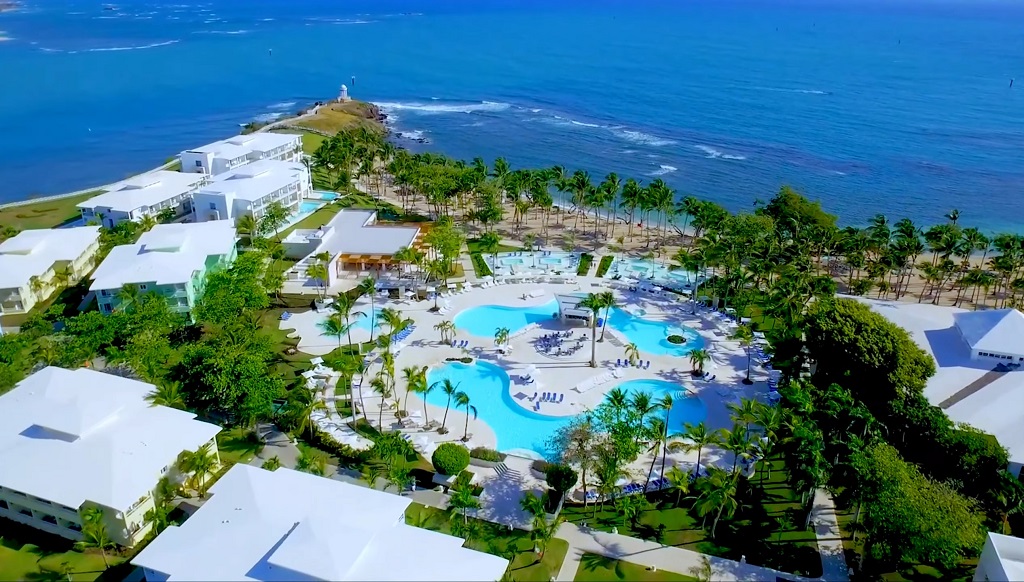
Gated resorts in Punta Cana, Puerto Plata, and La Romana maintain heavy security. Most have on-site guards, limited public access, and direct contact with tourist police.
Guests get quick medical response, constant surveillance, and access to controlled beach areas. Crime inside those zones is rare and usually non-violent.
What Happens When You Leave the Gate
The difference is immediate. One block out, visible security ends. Tourists walking alone get targeted for phone snatching, bag theft, or worse. Police coverage drops.
Some areas rely entirely on private guards, if any. Resorts are designed to shield you. The town around them is not.
Where Risk Increases Fast
- Santo Domingo neighborhoods beyond the Colonial Zone
- Beachfront roads after dark, especially near clubs or bars
- Isolated trails, waterfalls, or historic ruins without official tours
- Unmarked taxis or freelance tour operators without ID
How to Keep the Line Clear
- Book transportation through your hotel
- Do not accept help from strangers outside resort gates
- Join only verified tours with licensed guides
- Ask resort staff before leaving the property
- If something feels wrong, turn back-quickly
Inside the resort, you are on a track built for comfort. Outside, you move by your own judgment. The line is real. Know where it is.
How to Travel Smart in 2025 Without Losing Your Nerve
- Stay in range of hotel-controlled zones. Resort areas are policed, watched, and predictable. The minute you’re off that grid, you’re on your own timeline.
- Ask staff what to avoid-then actually avoid it. Locals know which streets thin out after dark. They do not sugarcoat that when asked directly.
- Keep your card, ID, and small cash only on you. Everything else stays in the safe. If you lose what’s in your pocket, your trip continues.
What Safe Tourists Never Do
- Never book an excursion through anyone standing outside the resort gate
- Never flash a phone, chain, or camera in an unfamiliar neighborhood
- Never walk outside the resort at night without knowing where the lighting ends
- Never argue during a robbery attempt-just give it and step back
What You Carry-Nothing More, Nothing Less
- Photocopy of passport and stamped entry page
- Phone with battery and data
- Hotel contact card or full address screenshot
- Emergency cash in a zipped pocket-enough for a taxi, not enough to care if stolen
What Makes You a Target Without Realizing
- Looking lost near a side street
- Holding your phone out to check a map
- Letting strangers approach with “help” or fake friendliness
- Drinking alone in public or wandering from a group after 10PM
FAQs
Are LGBTQ+ travelers safe in public spaces?
Same-sex relationships are legal, but public displays of affection may draw unwanted attention. Some areas are conservative. Most resort zones are more relaxed, but behavior outside those areas should stay low profile.
Are there protests or political events that can affect travel?
Yes, especially in Santo Domingo. Demonstrations are usually peaceful but unpredictable. Tourists should avoid them altogether-crowds can shift quickly, and police presence ramps up fast.
Can I take public transportation?
It is not recommended for tourists. Local buses and motoconchos (motorbike taxis) are cheap but lack regulation. They also operate with little oversight. Use hotel-approved transport or licensed taxi apps.
Are solo female travelers at higher risk?
Extra caution is necessary. Solo women have reported verbal harassment and, in fewer cases, physical threats in non-tourist areas. Moving in groups, avoiding late hours, and skipping isolated routes lowers risk sharply.
Do resorts notify guests of nearby crime or issues?
Some do, most do not. Resorts are not required to report minor incidents to guests. If something happens nearby, you might not hear about it unless you ask.
Is it safe to rent a car and drive?
Only if you stay on main highways during daylight. Road signs can be poor, local driving habits are aggressive, and carjackings have occurred after dark in certain areas.
Final Thoughts
Tourists come for the beaches. What keeps them safe is everything they do before stepping outside the resort.
The Dominican Republic gives both comfort and risk. The comfort is controlled, fenced, and monitored. The risk starts the second you assume it will all work the same once you leave that space. In 2025, that line is sharp.
No visitor needs to fear the country. But every smart traveler respects how it works.
Read Next – Is Cancun Safe?

